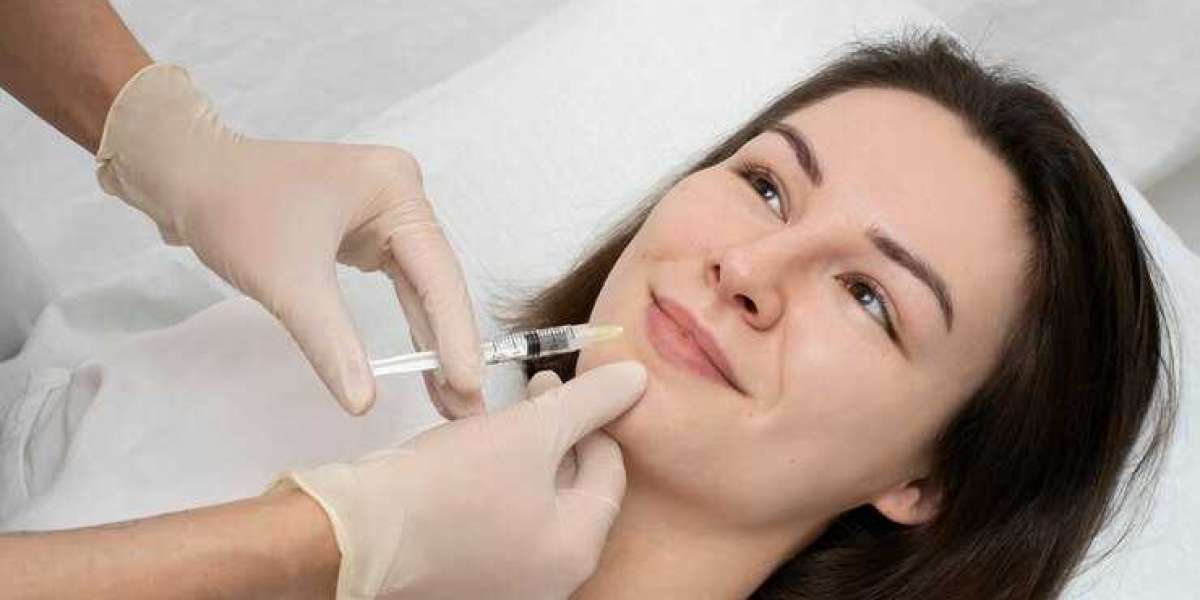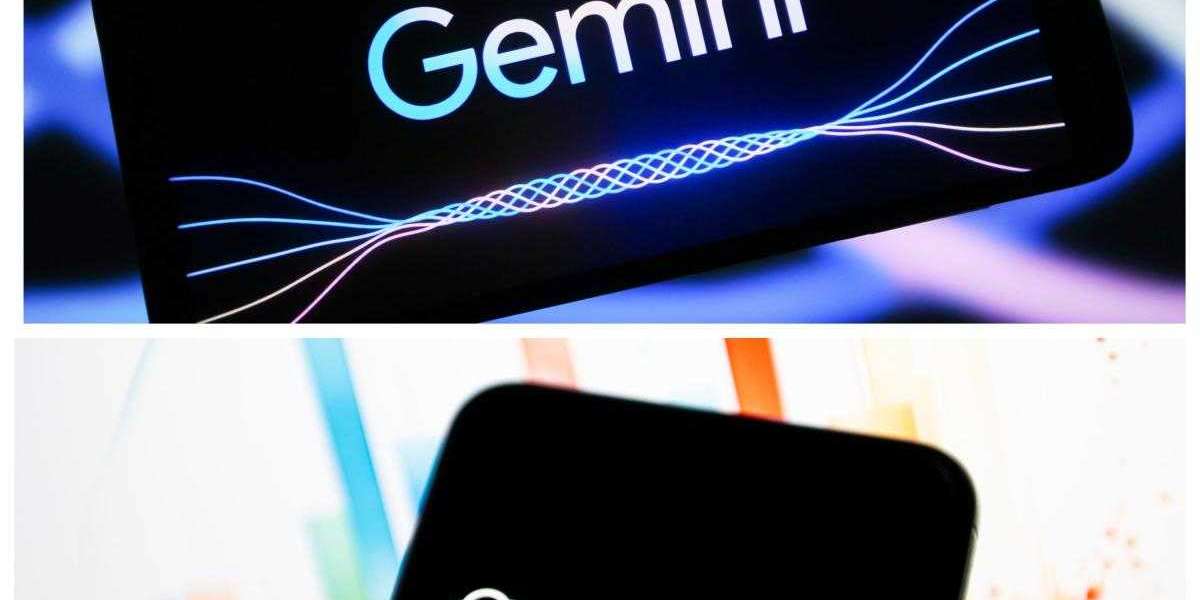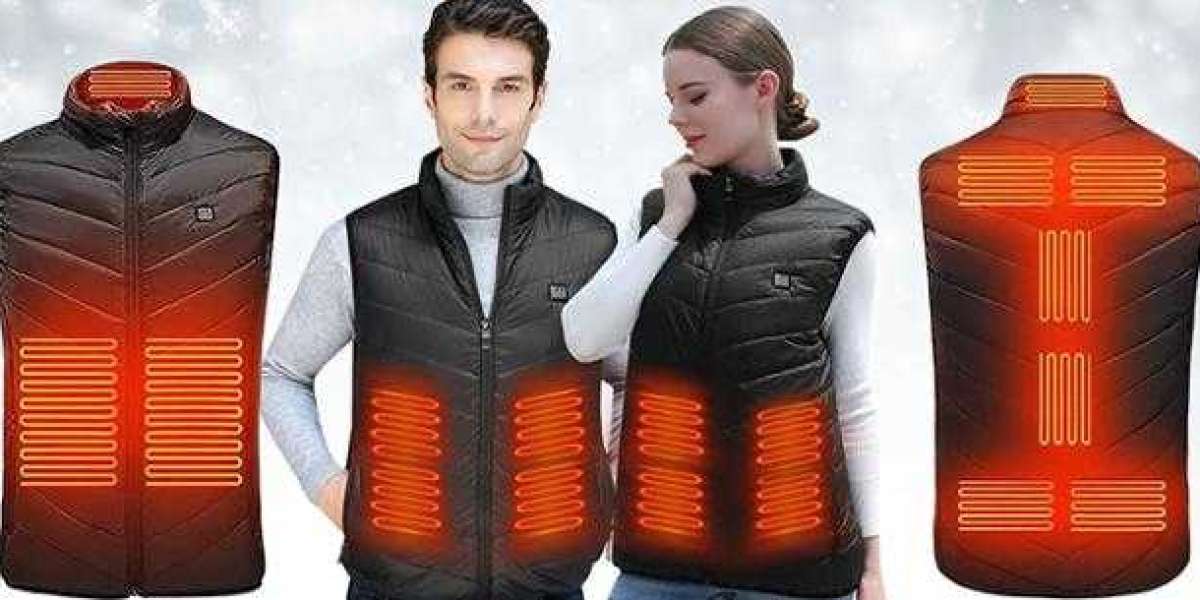When it comes to aesthetic treatments, the success of injectable procedures often lies in the hands of the provider. This is especially true for Sculptra, a dermal filler that works by stimulating collagen production in the deeper layers of the skin. One of the most crucial aspects of Sculptra injections is the technique used, particularly the depth at which the needle is injected. Proper injection depth plays a key role in ensuring optimal results and minimizing complications.
In this guide, we’ll explore the importance of proper Sculptra needle technique and the different injection depths required for specific areas of the face. Whether you're a seasoned injector or new to Sculptra, understanding these principles is essential for delivering safe, effective, and natural-looking results.
Why Injection Depth Matters in Sculptra Injections
Sculptra سكلبترا is composed of poly-L-lactic acid (PLLA), a synthetic substance that stimulates collagen production beneath the skin. Unlike other dermal fillers that provide immediate volume, Sculptra works over time by gradually rebuilding collagen, making the injection technique crucial to its success.
The depth at which Sculptra is injected determines how the body will respond to the treatment. If the injection is too superficial, it may not stimulate enough collagen production. On the other hand, injecting too deep can lead to a less natural result, or it could cause complications like lumps or asymmetry.
Correct needle technique ensures that Sculptra is deposited in the right layer of the skin, stimulating collagen where it’s needed most, without causing unwanted side effects. For these reasons, the depth of injection must be carefully controlled, tailored to the specific area being treated.
The Ideal Injection Depth for Sculptra
For Sculptra, the ideal injection depth is typically in the mid to deep dermis or the subcutaneous layer, depending on the area of the face being treated. Each layer of the skin serves a different purpose, and selecting the right depth helps maximize the treatment's efficacy.
Here’s a breakdown of the ideal injection depths for specific areas:
1. Cheeks and Mid-Face Area:
The cheeks are one of the most common areas treated with Sculptra. The goal is to restore volume and smooth out the hollows that occur with age. In this area, Sculptra should be injected into the deep dermis or subcutaneous tissue, which lies just beneath the skin’s surface.
The deep dermis is the layer where collagen is most actively produced, making it the perfect place to inject Sculptra for volumization. Injecting at this depth will restore youthful fullness to the cheeks and mid-face, creating a natural lift.
2. Temples:
The temples can lose volume over time, resulting in a hollowed appearance. In this area, Sculptra should be injected into the subcutaneous layer, which is the layer directly beneath the skin. This deeper placement ensures that Sculptra will have the greatest impact in stimulating collagen production and restoring lost volume in the temples.
3. Jawline and Chin:
When treating the jawline and chin, the injection depth for Sculptra is typically subcutaneous to help lift and define the jawline. In these areas, the goal is often to restore structure and enhance the contour of the face, so placing Sculptra in the subcutaneous tissue helps to achieve a more defined and youthful look.
4. Nasolabial Folds (Smile Lines):
The nasolabial folds are the lines that run from the nose to the corners of the mouth. These lines become more pronounced with age as facial volume decreases. Sculptra injections for this area are typically placed in the mid to deep dermis. The goal is to add volume to the area, smooth the lines, and restore a more youthful appearance.
5. Marionette Lines and Jowls:
Marionette lines and the jowls, which are areas prone to sagging, benefit from deeper Sculptra injections in the subcutaneous tissue. This depth ensures that the treatment provides a lifting effect, improving the appearance of these areas and giving the lower face a more youthful, rejuvenated contour.
The Importance of Layering in Sculptra Injections
In many cases, a single injection depth may not be enough to achieve the desired result. Layering is an important technique in Sculptra injections, where the product is injected at different depths to address various concerns in the skin.
For instance, in areas like the cheeks and jawline, a combination of mid dermis and subcutaneous injections can help achieve a more natural lift, improving both volume restoration and skin texture. Layering allows for a smoother transition between the different layers of tissue and ensures that the results appear harmonious and natural.
Techniques for Achieving Proper Injection Depth
Achieving the right injection depth requires precision and experience. Here are some key techniques to help ensure the proper depth during Sculptra injections:
1. Use of Cannulas vs. Needles:
While traditional needles are often used for Sculptra injections, many injectors prefer using a cannula (a blunt-tipped instrument) for certain areas. Cannulas allow for a more controlled injection and can help avoid hitting blood vessels, nerves, or other critical structures in the skin. A cannula can be especially beneficial in areas like the cheeks and temples, where precision is crucial.
2. Gradual Injection Technique:
Rather than injecting a large amount of product all at once, Sculptra is often injected in small amounts, with gradual pressure applied to the syringe. This allows the injector to control the depth and placement of the product more effectively. Gradual injection also minimizes the risk of overfilling a specific area.
3. Understanding Facial Anatomy:
A deep understanding of facial anatomy is essential for ensuring proper injection depth. Knowing the location of underlying muscles, fat pads, and blood vessels will help the injector avoid complications and deposit Sculptra in the most effective layers of the skin.
Common Mistakes to Avoid with Sculptra Injections
Injecting Too Superficially: Injecting Sculptra too superficially can lead to suboptimal results, such as a lack of volume restoration or the formation of lumps. Superficial injections may also cause visible product placement, which can look unnatural.
Injecting Too Deep: Injecting Sculptra too deeply can cause complications, such as migration of the product or an uneven distribution of volume. Deeper injections may also create an overly lifted or unnatural appearance, especially in areas where subtle volume restoration is desired.
Overfilling One Area: One of the risks of improper technique is overfilling a specific area. This can lead to an imbalanced or “puffy” look, which is not the goal of Sculptra treatments. Careful attention to detail and gradual injections help avoid this issue.
Conclusion
Proper Sculptra needle technique is crucial for achieving natural-looking, long-lasting results. By understanding the importance of injection depth and following the right techniques, injectors can ensure that Sculptra is used effectively to restore volume, improve skin texture, and create a youthful, refreshed appearance. Whether you’re a seasoned injector or just starting with Sculptra, mastering these principles is key to achieving optimal outcomes for your patients.














